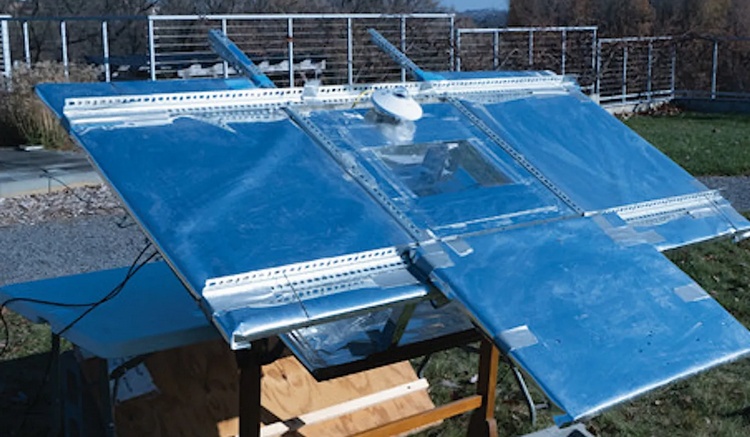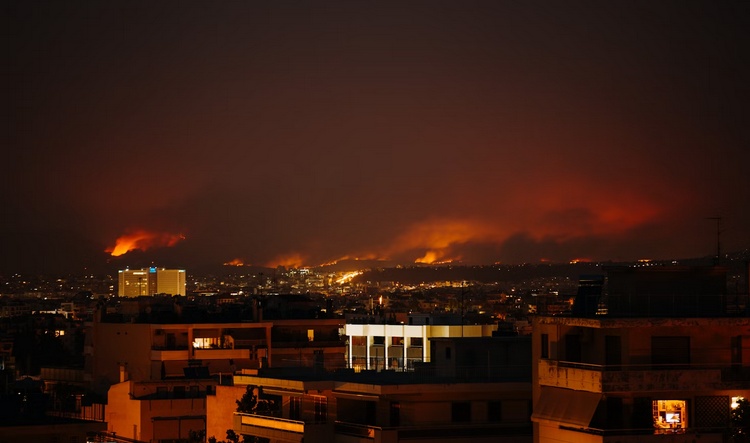July 7 NEC Energy News
¶ “Researchers Unveil Innovative Technology That Outperforms Conventional Solar Panels Using Both Sun And ‘Cold Universe’ Energy” • Penn State researchers developed a way to harvest solar energy in a solar cell (like normal) but also direct heat away from Earth using “radiative cooling,” sending infrared light off into outer space. [The Cool Down]

¶ “Russia Is Firing Artillery From A Captured Nuclear Power Plant, Leaving Ukraine Reluctant To Shoot Back” • Russian troops are firing artillery at Ukrainian targets from a nuclear power plant, The New York Times reported. Russia selected the Zaporizhzhia site because it made it difficult for Ukrainian troops to retaliate, Ukrainian officials said. [Yahoo Movies UK]
¶ “Key Drivers For Thermal Energy Storage Technologies In Industry” • Industries have long used fossil fuels to produce heat for their processes or to fuel power plants to generate electricity from natural gas, oil, and coal. That heat produces about 25% of global emissions. The emissions could be reduced by thermal energy storage. [Renewable Energy Magazine]
¶ “The Frequency And Magnitude Of Extreme Wildfires Have Doubled In Last 20 Years, Study Finds” • The frequency and magnitude of extreme wildfires – the most damaging to climate, society, and ecosystems – appear to have doubled over the past 20 years, according to a study published Monday in the journal Nature Ecology & Evolution. [ABC News]

¶ “Tesla Model S Has 430,000 Miles On One Battery” • One of the many false claims some EV critics make is that somehow EV batteries just magically and suddenly stop working after a while. A YouTube video on the AutoTrader channel is about a Tesla Model S that has 430,000 miles on it using just one battery, and it’s still going. [CleanTechnica]
¶ “Bangladesh To Import 1,000 MW Of Renewable Power From India” • The Bangladesh government signed an MOU with India to import 1,000 MW of renewable electricity. It also plans to tap Nepal and Bhutan for its energy needs. To have renewables meet 10% of all the electricity it needs by 2025, it will need 2,600 MW of green energy by then. [Outlook Planet]
For more news, please visit geoharvey – Daily News about Energy and Climate Change.
